Audi, Fraunhofer Trial AI And Robotics For Smarter Automotive Production At Bollinger Hofe
- By MT Bureau
- June 03, 2025
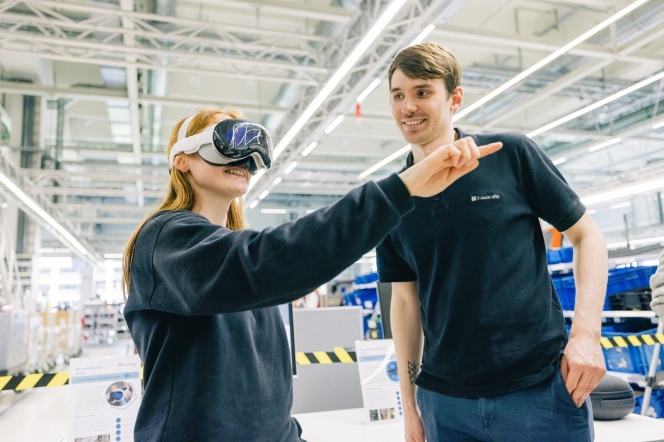
German automotive brand Audi Sport is partnering with Fraunhofer Institutes IAO and IPA to explore how artificial intelligence (AI) and robotics can improve automotive production processes at its Bollinger Hofe site, a key pilot facility for the carmaker’s 360factory strategy.
The collaboration focuses on optimising the manual picking process – where vehicle components are retrieved from logistics containers to supply the assembly line –through a real-world laboratory set up at the facility. The trials aim to reduce errors, ease physical strain and improve supply efficiency by integrating advanced technologies into everyday operations.
The project began with a comprehensive needs analysis, during which employees wore eye-tracking smart glasses to identify cognitively demanding tasks. This data will guide the deployment of tailored AI and robotics solutions in production.
Alexander Muller, Head of Logistics at Audi Sport, said, “Low-volume production at Bollinger Hofe, such as the Audi e-tron GT family, is ideal for testing. The high degree of vehicle customisation makes the picking process especially complex.”
Researchers are testing computer vision systems and mobile robots equipped with 3D sensors and various grippers. Real customer orders serve as test scenarios, allowing the team to assess technology performance in realistic conditions.
“We are bringing research directly into the plant, and workers are actively involved in evaluating the technologies,” Muller added.
Bernd Bienzeisler, Head of the Cognitive Service Systems Research and Innovation Center KODIS at Fraunhofer IAO, noted, “This is a new chapter in industry-science collaboration. The direct feedback from employees working in real environments makes the insights particularly valuable.”
The project forms part of the broader AI25 initiative, a collaboration launched by Audi, Fraunhofer and other partners to accelerate the digital transformation of automotive production. Bollinger Hofe plays a central role within this ecosystem, which is anchored in the Heilbronn region’s Innovation Park for Artificial Intelligence (IPAI).
- Belrise Industries
- Swastid Badve
- Plasan Sasa
- Badve Engineering
- ATEMM
- All-Terrain Electric Mission Module
- Gilad Ariav
Belrise Industries Partners Israel’s Plasan Sasa To Supply ATEMM Systems To Indian Army
- By MT Bureau
- December 23, 2025
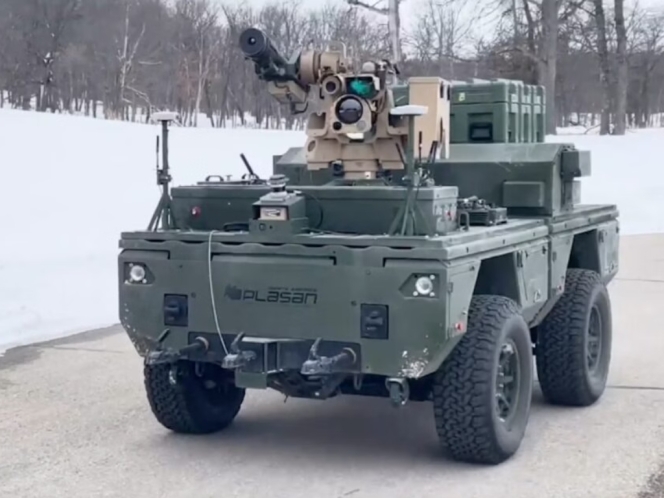
Belrise Industries (formerly Badve Engineering), an Indian automotive systems manufacturer, and Plasan Sasa, an Israel-based provider of armour and survivability solutions, have signed a strategic agreement to develop solutions for the Indian military market. The collaboration focuses on the ATEMM (All-Terrain Electric Mission Module) systems.
The ATEMM is a self-propelled electric platform designed to increase payload capacity, energy supply and mobility for armed forces. The partnership aims to adapt this platform for the specific requirements of the Indian defence sector.
The agreement outlines three primary goals for the collaboration:
- Market Entry: Jointly introducing the ATEMM platform for military applications in India.
- Localisation: Aligning with the ‘Make in India’ and ‘Atmanirbhar Bharat’ initiatives through local production and technology transfer.
- Global Integration: Integrating Belrise into Plasan’s global supply chain to enable the production of Plasan’s systems in India for international markets.
Swastid Badve, Chief of Staff, Belrise Industries, said, "This partnership agreement represents a significant milestone in our journey to bring world-class defence technologies to India. By combining Belrise’s manufacturing capabilities with Plasan’s innovation, we are confident in delivering solutions that meet the evolving needs of the Indian Armed Forces."
Gilad Ariav, VP Marketing & Business Development, Plasan Sasa, said, "We are proud to partner with Belrise Industries, a company that shares our vision for innovation and excellence. Together, we will not only serve India’s defence requirements but also strengthen our global supply chain with cost-effective production from India."
The partnership combines Plasan’s experience in survivability and automotive engineering with Belrise’s manufacturing infrastructure in India to support long-term defence programmes.”
- Jaya Hind Industries
- Dr Abhay Firodia Group
- Force Motors
- Prasan Firodia
- Cummins
- Generac
- TVS Motor Company
Jaya Hind Breaks Ground For INR 2 Billion Die Casting Facility In Chennai
- By MT Bureau
- December 18, 2025
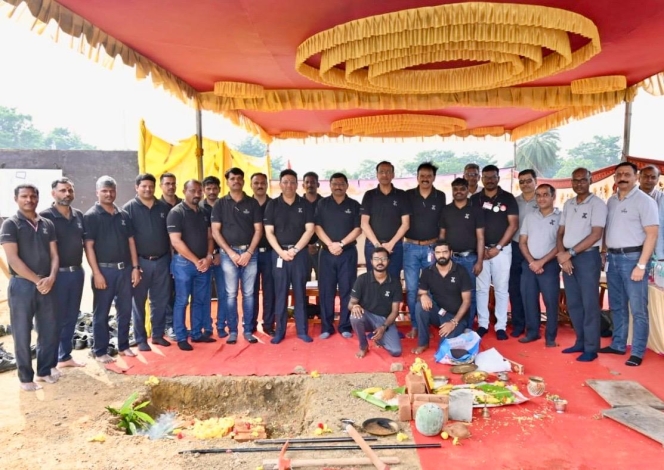
Jaya Hind Industries (JHI), part of the Dr Abhay Firodia Group, held a groundbreaking ceremony for the expansion of its manufacturing facility in Kottaiyur Village, Thiruvallur District.
The project involves an investment of approximately INR 2 billion towards increasing capacity and integrate manufacturing processes for high pressure die casting and components for internal combustion engines, electric vehicles and structural castings.
The expansion includes a new shed covering 13,000 square metres, and once complete, the facility will have a manufacturing capacity of 20,000 tonnes per year.
The facility is designed to provide end-to-end process control. Jaya Hind Industries will include the following in-house operations: machining and honing, powder coating, heat treatment and impregnation.
These additions allow the plant to function as an integrated unit. The expansion follows the utilisation of existing capacity due to orders from domestic and export customers. The Chennai plant supports clients including Cummins (USA), Generac (USA), TVS Motor Company and manufacturers of EV modules.
Prasan Firodia, Managing Director of Jaya Hind Industries, said, “This expansion marks a significant milestone in Jaya Hind Industries’ growth journey. With strong order momentum across domestic and export markets, the Chennai facility will play a pivotal role in augmenting our die-casting capacity while deepening our vertical integration. By investing in advanced HPDC & machining capabilities and critical in-house processes, we are strengthening our ability to deliver high-quality, complex aluminium solutions with greater control, consistency, and speed. This project also reinforces our commitment to building globally competitive manufacturing capabilities in India in line with the Make in India vision.”
PowerCo Commences Battery Production At Salzgitter Factory
- By MT Bureau
- December 18, 2025
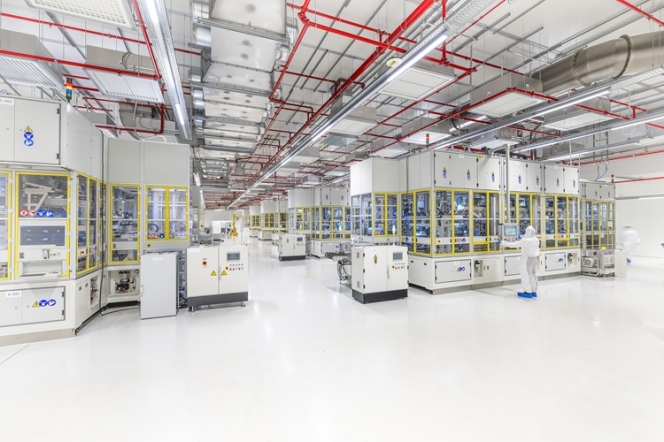
Volkswagen-backed German battery company PowerCo has commissioned its factory in Salzgitter and produced the initial Unified Cells. This start of production allows the Volkswagen Group to design and produce battery cells in Europe.
The cells will be delivered to Volkswagen Group brands for road tests, which are expected to be utilised in the Electric Urban Car Family of Volkswagen, Skoda and Seat/Cupra next year.
PowerCo intends to provide 50 percent of the demand for Unified Cells within the Volkswagen Group, with the remainder coming from suppliers. The architecture allows for use across brands and regions. It supports technologies including lithium iron phosphate (LFP), nickel-manganese-cobalt (NMC) and solid state.
The version produced in Salzgitter uses NMC technology. This cell provides an increase of 10 per cent in energy density compared to previous models. It is designed for use with the cell-to-pack system.
Oliver Blume, CEO, Volkswagen Group, said, "The PowerCo Gigafactory in Salzgitter sends a strong technological signal for Europe and serves as a cornerstone on our path to becoming a global automotive tech leader. We are the first European carmaker to establish our own battery cell development and production. This step strengthens our position and independence in the global competition."
Production in Salzgitter will increase during the coming year. The facility has an initial capacity of 20 GWh, with the potential to reach 40 GWh. Salzgitter serves as the lead plant for factories in Valencia, Spain and St. Thomas, Canada. These sites follow a factory concept that allows for the exchange of knowledge.
The Research & Development centre in Salzgitter is also expanding. A test field is under construction and will begin operation at the start of 2026.
Thomas Schmall, Group Board Member for Technology, Volkswagen, said, "With PowerCo, we are consistently expanding our know-how in battery technology. In combination with the new battery system, the Unified Cell ‘made in Salzgitter’ brings a real technological leap for our customers. This puts us in the driver’s seat when it comes to a key technology for e-mobility."
Production involves automation and data analysis. Data points from machines and buildings provide traceability and assist quality control.
Frank Blome, CEO, PowerCo, said, "In just three years, we have built an entirely new company, developed a competitive product, and completed a cell factory along with its upstream supply chain. At the same time, we are already constructing the next cell factories in Spain and Canada. In short: we deliver. This achievement is the result of an outstanding team effort by many colleagues at PowerCo and Volkswagen – and I’m deeply grateful for that."
Ford And Renault Group Form A Strategic Partnership For Passenger And Commercial Vehicles
- By MT Bureau
- December 13, 2025
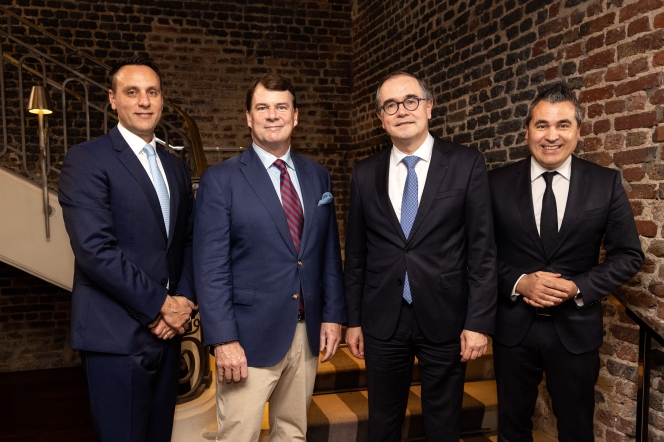
Ford and Renault Group have announced a landmark strategic partnership that will expand Ford’s electric vehicle offerings to European customers, significantly enhancing competitiveness for both automakers in a rapidly evolving European automotive landscape.
A cornerstone of the partnership is an agreement for the development of two distinct Ford-branded electric vehicles based on the Ampere platform, leveraging Renault Group’s strong EV assets and competitiveness. These two e-vehicles will be produced by Renault Group in the North of France, illustrating Ampere ‘ElectriCity’s’ modern manufacturing capabilities and expertise.
Designed by Ford, developed with Renault Group, the two cars will feature distinctive driving dynamics, authentic Ford-brand DNA and intuitive experiences. They mark the first step in a comprehensive new product offensive for Ford in Europe. The first of the two vehicles is expected in showrooms in early 2028.
In addition to collaborating on EVs, Ford and Renault Group have also signed a Letter of Intent (LOI) for a European light commercial vehicle collaboration. Under this LOI, the partners will explore the opportunity to jointly develop and manufacture Ford and Renault branded selected light commercial vehicles (LCVs).
François Provost, CEO Renault Group said: "Renault Group is proud to announce a new strategic cooperation with Ford, an iconic car manufacturer. This partnership shows the strength of our partnership know-how and competitiveness in Europe. In the long term, combining our strengths with Ford will make us more innovative and more responsive in a fast-changing European automotive market."
Jim Farley, president and CEO, Ford Motor Company said: "The strategic partnership with Renault Group marks an important step for Ford and supports our strategy to build a highly efficient and fit-for-the future business in Europe. We will combine Renault Group’s industrial scale and EV assets with Ford’s iconic design and driving dynamics to create vehicles that are fun, capable, and distinctly Ford in spirit."
Combining strengths
The companies will take advantage of the proven capabilities and competitiveness of Renault Group’s Ampere platform, EV manufacturing ecosystem and industrial capacities in the North of France (ElectriCity) to produce two all-new Ford-branded electric passenger vehicles.
By joining their expertise as major players in Europe, in innovation, design, software, and service delivery, Ford and Renault Group will aim to address industry challenges and better serve customers in both the retail and commercial vehicles segments.
The Ford and Renault Group strategic partnership will combine decades of experience in the light commercial vehicle segment, as well as the industrial scale and extensive supply base of both companies, creating a formidable force poised to drive innovation and efficiency in the European market.






Comments (0)
ADD COMMENT